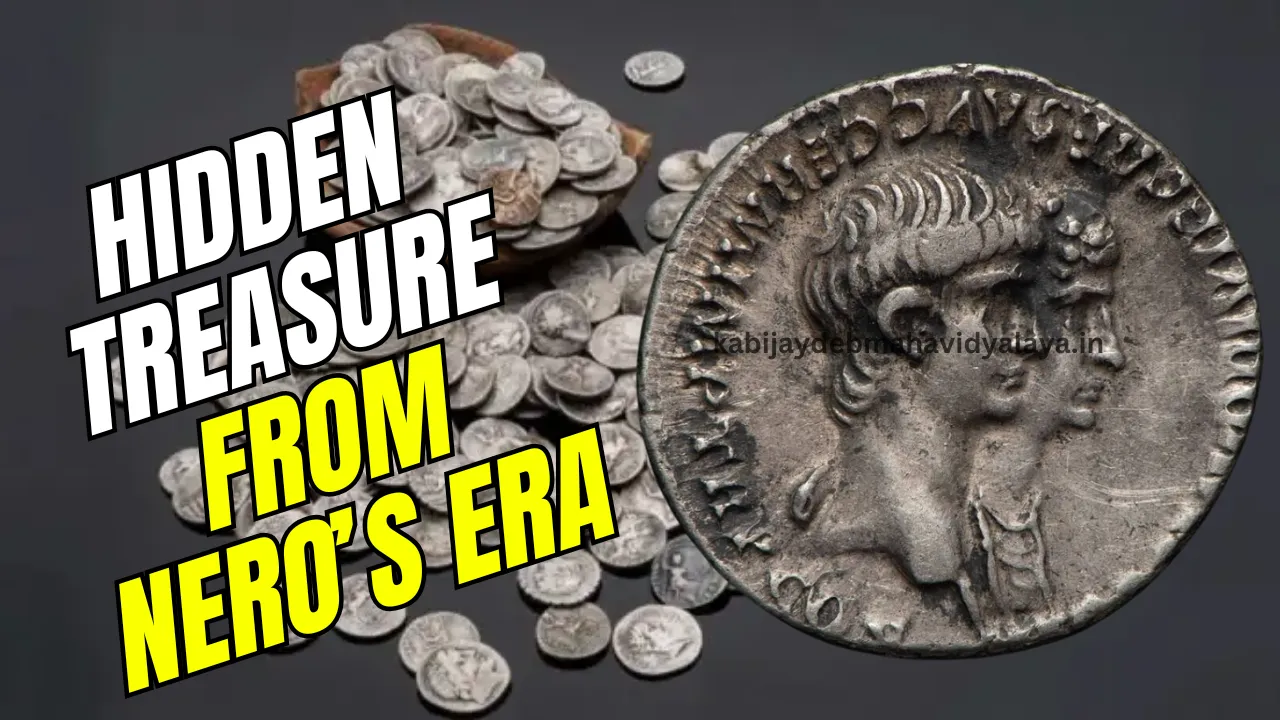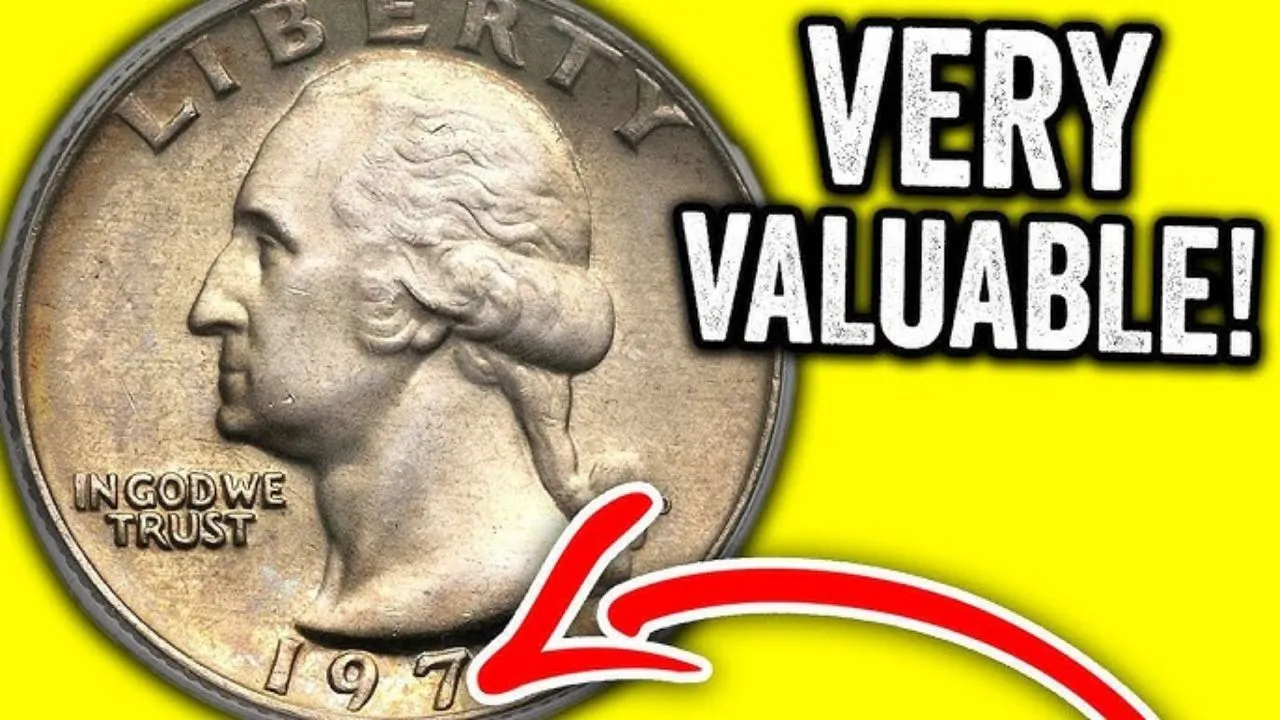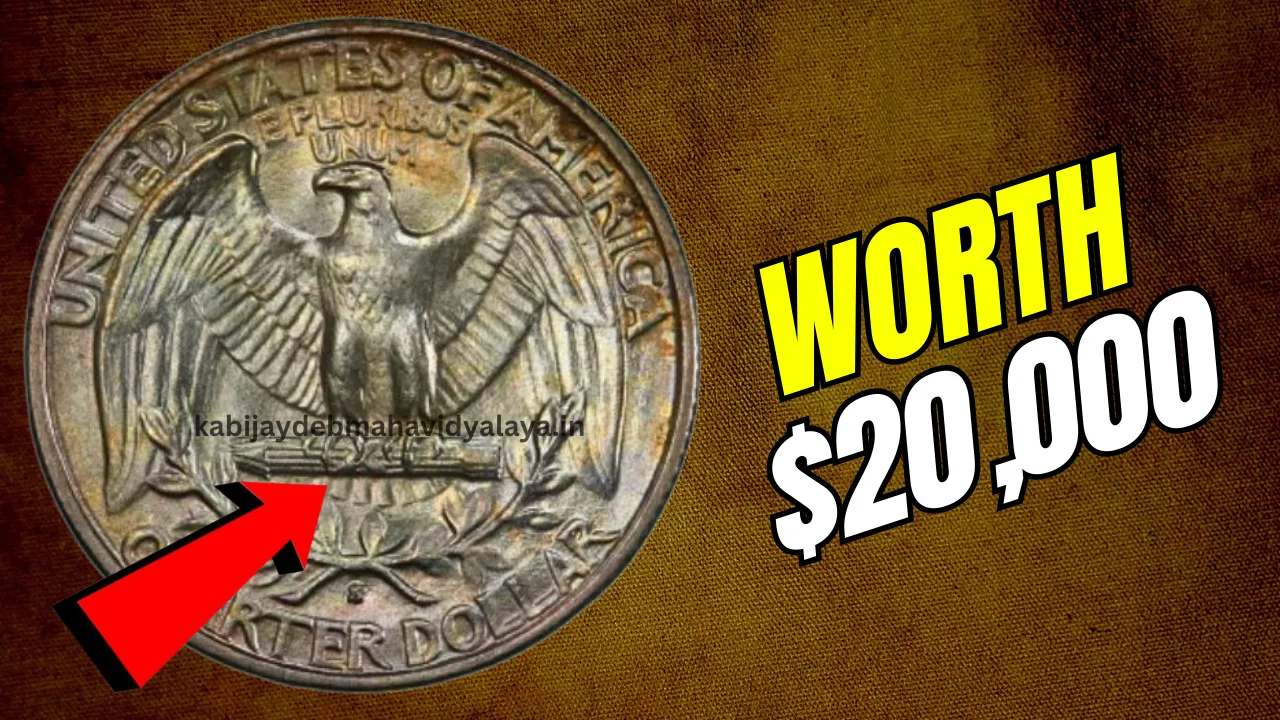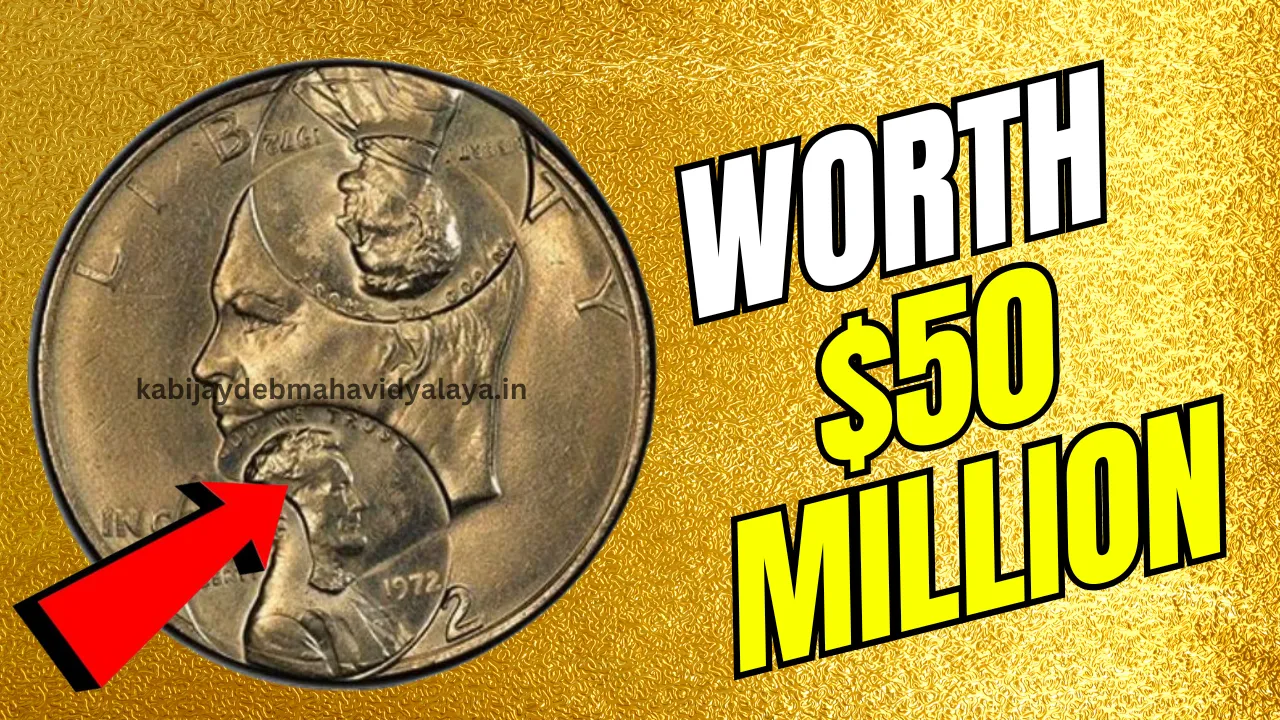Uncovering the Roman Coin Hoard in Worcestershire: A remarkable discovery of gold and silver Roman coins has brought Worcestershire into the spotlight of the archaeological world. Unearthed during routine building work in late 2023, this collection of 1,368 coins represents the largest hoard from Emperor Nero’s reign ever found in Britain. Spanning two centuries of history, from 157 BC to AD 55, this treasure provides invaluable insights into early Roman Britain, just a decade after the Claudian invasion in AD 43.
Named the Worcestershire Conquest Hoard, this extraordinary find offers a window into a transformative era of British history. From the motives behind its burial to its significance in understanding Roman conquest and trade, the hoard has sparked global interest. Let’s dive into the story of this astonishing discovery and its historical context.
A Snapshot of the Worcestershire Conquest Hoard
| Aspect | Details |
| Location of Discovery | Leigh and Bransford, Worcestershire |
| Number of Coins Found | 1,368 coins |
| Timeframe | Spanning 157 BC to AD 55 |
| Emperor Highlighted | Nero (AD 54–68), the hoard’s largest contributor |
| Significance | Largest Nero-era coin hoard found in Britain |
| Declared Treasure | Officially declared treasure in June 2024 |
| Research Leadership | Led by Dr. Murray Andrews, UCL Institute of Archaeology |
| Preservation Efforts | Campaign to retain the hoard within Worcestershire |
A Glimpse into Roman Britain
The hoard’s timeline traces back to an era of profound change for Britain. Following the Roman conquest in AD 43 under Emperor Claudius, the Roman Empire began integrating Britain into its vast territory. The coins discovered were likely buried around AD 55, during Emperor Nero’s reign, when Roman troops faced fierce resistance from local tribes such as the Silures in the Welsh Borders.
The Roman coins serve as tangible evidence of early Roman Britain’s socio-economic dynamics, including trade, military campaigns, and local interactions. For archaeologists, this find is an essential link to understanding the turbulent yet transformative Roman occupation.
The Coins: Origins and Composition
The collection comprises predominantly silver denarii minted in Rome, a testament to the wealth and reach of the empire. A standout piece is a solitary gold stater, crafted by the Dobunni tribe, who inhabited the Worcestershire region between AD 20 and 45. This unique coin highlights the interaction between local tribes and the advancing Romans.
Experts have dated the most recent coins to AD 55, shortly after the Claudian invasion. Their pristine condition indicates minimal circulation, suggesting the hoard was likely buried for safekeeping during a period of unrest.
Why Was the Hoard Buried?
Theories abound regarding why this significant hoard was hidden. One plausible explanation is that the coins were buried for protection during a time of conflict. The advancing Roman army and local uprisings created an unstable environment, especially in the Welsh Borders.
Dr. Murray Andrews, leading the research, believes the coins may have belonged to a wealthy local merchant or farmer who supplied goods to Roman forts in the region. Fear of raids or military strife might have prompted the owner to bury this treasure in hopes of recovering it later—a hope that evidently went unfulfilled.
The Significance of the Find
This discovery has immense historical importance. It not only offers clues about the financial systems of early Roman Britain but also sheds light on the integration of local economies into the Roman framework. Coins from across the Roman world, from the Mediterranean to Britain, reflect the empire’s vast trade and military network.
Furthermore, the hoard underscores Nero’s economic policies during his reign. Nero is often remembered for his controversial leadership, but these coins reveal the expansive scope of his empire’s economic and military endeavors.
Preservation and the Road Ahead
Currently, the Worcestershire Conquest Hoard is undergoing conservation and cataloging at the Worcester City Art Gallery and Museum. Efforts are being made to retain the collection within the county, with a fundraising campaign spearheaded by Worcestershire Heritage, Art & Museums Registered Charity. If sufficient funds are not raised, this extraordinary find might be sold to private collectors or institutions outside the region, depriving Worcestershire of a vital piece of its heritage.
The coins will make their public debut in January 2025 as part of a temporary display at the Worcester City Art Gallery and Museum. This exhibit is expected to attract significant interest from historians, locals, and tourists alike.
Unveiling the Secrets of the Pottery
Interestingly, the coins were discovered in a locally crafted pot believed to have originated from pottery kilns near the Malvern Hills. This detail emphasizes the regional craftsmanship and the interconnectedness of local and Roman influences during the period. The pottery, combined with the coins, paints a fuller picture of life in Roman Britain.
FAQs About the Roman Coin Hoard
What is the Worcestershire Conquest Hoard?
The Worcestershire Conquest Hoard is a collection of 1,368 Roman and Iron Age coins found in Worcestershire. It is the largest hoard from Emperor Nero’s reign ever discovered in Britain.
When and where was the hoard discovered?
The hoard was discovered in late 2023 during building works in Leigh and Bransford, Worcestershire.
Why is this hoard significant?
This is the largest collection of Nero-era coins in Britain and offers crucial insights into Roman Britain’s economy and military conquests.
A Treasure Worth Preserving
The discovery of these Roman coins is more than just an archaeological find—it’s a treasure trove of stories that illuminate Britain’s early history under Roman rule. As efforts continue to preserve the hoard for public viewing, it serves as a testament to the rich tapestry of history waiting to be uncovered beneath our feet
Are you fascinated by ancient treasures like this? Share your thoughts in the comments and stay tuned for more updates on archaeological wonders!












